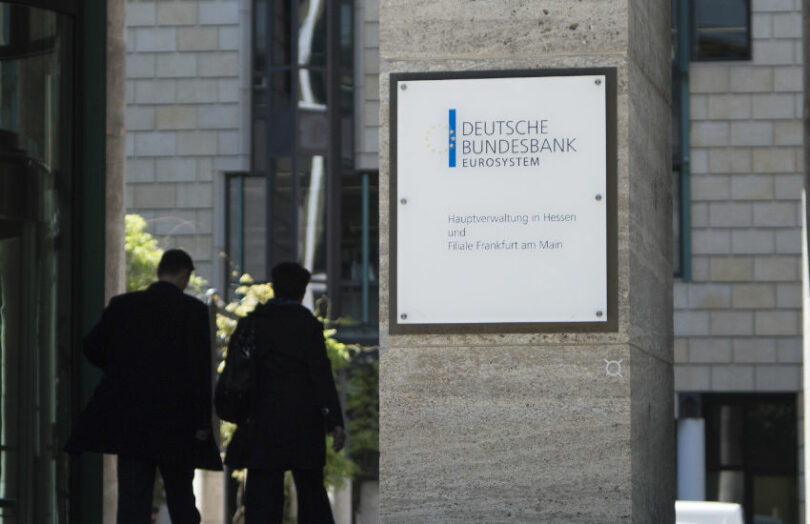Yesterday, the Deutsche Bundesbank announced plans to work with the Massachusetts Institute of Technology’s Digital Currency Initiative (MIT DCI) to explore privacy and security solutions for central bank digital currency (CBDC).
“The MIT DCI is working intensively on innovative topics that concern us here in Europe, too, such as the reconciliation of security and privacy requirements with the tasks of central bank digital currency,” said Bundesbank President Joachim Nagel.
We assume this research relates to the Eurosystem’s retail digital euro work. To our knowledge, the Bundesbank is not actively working on a wholesale CBDC. As part of the separate Eurosystem wholesale DLT trials for central bank money settlement, it is providing the Bundesbank trigger solution that links to the Target2 system. Within the Eurosystem, the Banque de France has a wholesale CBDC solution.
In response to our query, the Bundesbank said the research could potentially be relevant to either retail or wholesale CBDCs.
Other MIT digital currency work
MIT has another German digital currency initiative. In February it announced a collaboration with Deutsche Gesellschaft für Internationale Zusammenarbeit (GIZ), Germany’s federal department for international development. That research project focuses on designing CBDC infrastructures that cater to low and middle income countries (LMICs) with different requirements. For example, some LMICs don’t have faster payment systems, so a CBDC fulfills a broader role than advanced economies.
The LMIC CBDC research is not part of the MIT DCI, which is technically focused. Instead, it is run out of the MIT Laboratory for Economic Analysis and Design (LEAD).
Meanwhile, the MIT DCI has a considerable track record with central banks. It worked with the Federal Reserve Bank of Boston on Project Hamilton, which explored scalability. Other CBDC contracts include those with the Bank of England and the Bank of Canada. If one considers the underlying currencies, that means its contracts cover three of the top four currencies. Counting the Canadian dollar that makes four of the top six. That’s quite an impressive achievement.
Update: added the response from the Bundesbank.






